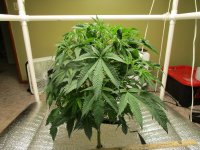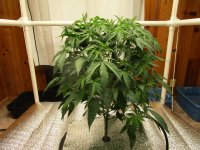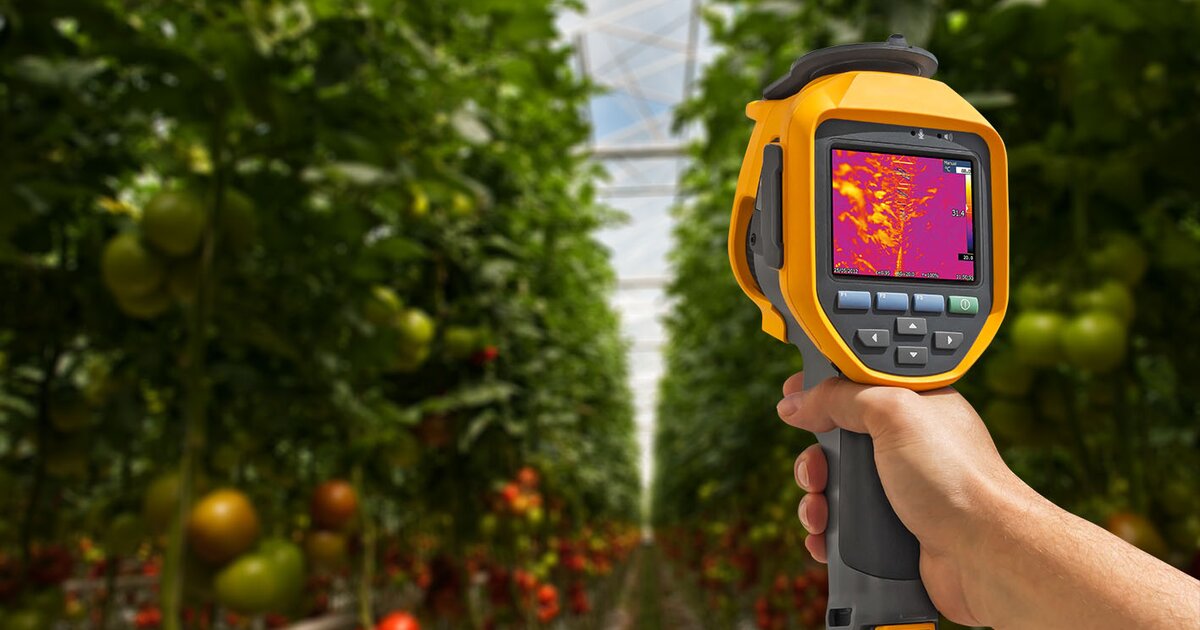[Maschinenhaus]
Active member
For CMH-LEC, it was Adjust A Wing Hellion 315W/630W at about 4,200 Kelvin for vegetation and bloom phase.With near UV an a wide red spectrum until to 800nm. ->Interesting. I would have expected cmh to produce a bit more thc than led. Was the par same for both lighting?

For LEDs, it was Bridgelux Vero29 COB in the High CRI version at 4,000 Kelvin, no near UV and no extra red at 660nm or near ultraviolet at 730nm.

I ran the COB LEDs up to 75%, 16 of them on an area of 200x200 and I had used 90° optics made of borosilicate glass. Later I "tested" more COB, 32 pieces, with about 3,200 watts on a used area of about 12 square meters. Without lenses at 120° beam angle.
Today I am cured....






